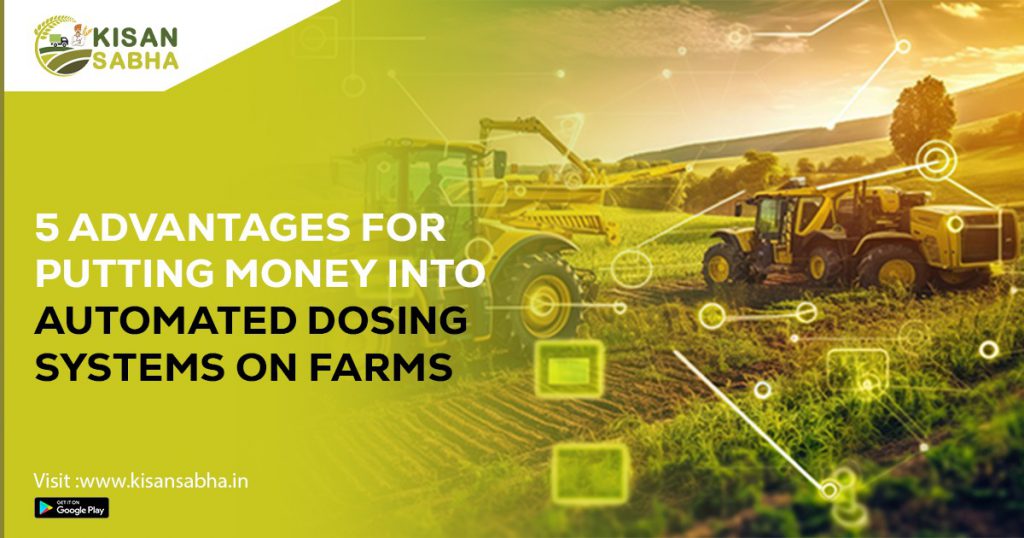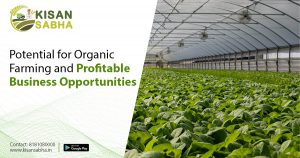Farming technological improvements have enabled farmers to produce more nutritious and abundant crops than ever before. This not only saves money on unused product, but it also helps to preserve the freshness and quality of your items. Take a look at these 11 commercial farming technologies.
Agriculture Technologies of the Future
Ag tech is an abbreviation for agricultural technology. This is where technical advances meet traditional agricultural methods to increase crop planting, monitoring, and growth.

These characteristics, in course, boost crop profitability due to greater productivity. While agriculture technology is a relatively new industry, it has made its mark and is undoubtedly here to stay.
Here are ten agricultural technologies to be aware of when engaging in commercial farming.
Robotic Technology
While using robots may not be an ideal practise for every farmer, they are unquestionably useful in a variety of situations. Ag tech businesses, for example, have developed robotic equipment to plough fields, plant seeds, and even help in meat processing. Furthermore, using robots is less expensive than hiring human labour, and they work more consistently. The cost of acquiring these technologies will fall over time. As a result, even tiny farms will be able to use them.
Pneumatic Spray Nozzle
Farmers lose millions of dollars each year as a result of crop failures caused by unmanaged diseases and pests. Researchers are continually experimenting with novel methods to combat the challenges that endanger commercial crops. Pioneer Ag Equipment designed pneumatically pressurised air sheer nozzles to combat a disease that was destroying orange trees in Florida. The pneumatic nozzles are utilised on their low volume air blast sprayer, which Kennco Manufacturing built for them. All types of growers with orchards and vineyards have used the sprayer to prevent or reduce the impact of diseases and pests on their crops.
Crop Monitoring Drones
Drones are utilised in agriculture for several reasons. Drones are being used to monitor crops. Because most commercial farms are large, farmers find it difficult to walk up to each crop to see how they’re doing. This work also include inspecting the soil’s condition, preparing seed planting patterns, and watering the crops during droughts. Drones provide farmers a bird’s-eye view of their crops while also employing 3D photography to assess the aforementioned parameters.
Farming Equipment Sensors
Sensors are being built into tractors and other agricultural equipment. Some of the sensors’ purpose is to track and report the machine’s health so you know when it needs to be serviced. Some sensors also use GPS for mapping, harvesting, and compensating for uneven terrain.
Processing AI Data
As technology advances, we are able to process more data than ever before. Sometimes there is more info than a single person can ever really comprehend. As a result, artificial intelligence (AI) and machine learning are used to simplify things. This technology can assist agricultural enterprises in predicting low harvests and perhaps locating disease outbreaks. This type of data allows for operational improvements.
RFID Readers
RFID sensors, unlike the other ag gadgets on this list, are employed after the crops have been harvested. They follow the food from the farm to the store. Allowing the buyer to know exactly where their goods comes from. This technology is intended to assist clients in determining the dependability of various producers when it comes to providing them with fresh food. While it won’t stop bacterial outbreaks like the recent E. Coli outbreak in lettuce, it will make it much easier to pinpoint the source of the outbreak, whether it’s a farm or a factory. This reduces the spread of fear during an outbreak and allows it to be halted in its tracks.
Indeed, investment in modern agricultural technology has increased at a rate of more than 40% to 50%. Agro-technology and advances provide farmers improved control over crop quality control, pest management, and even the optimisation of their present practises to generate more money with the same amount of land.
These new agro-technologies have the potential to significantly increase productivity and land stewardship. Furthermore, new technologies will allow farmers to make informed decisions about new investments.
Visit us – www.kisansabha.in now !!!





